.webp)
.webp)
In the world of supercars, excellence is constantly reevaluated, in search of both mechanical and aesthetic perfection. In this game, an Italian company founded in 1992 continues to impress, model after model, with its ability to design real works of art on wheels. At the height of its 30 years of existence, Pagani embodies a unique know-how, driven in large part by the vision of its founder, Horacio Pagani.
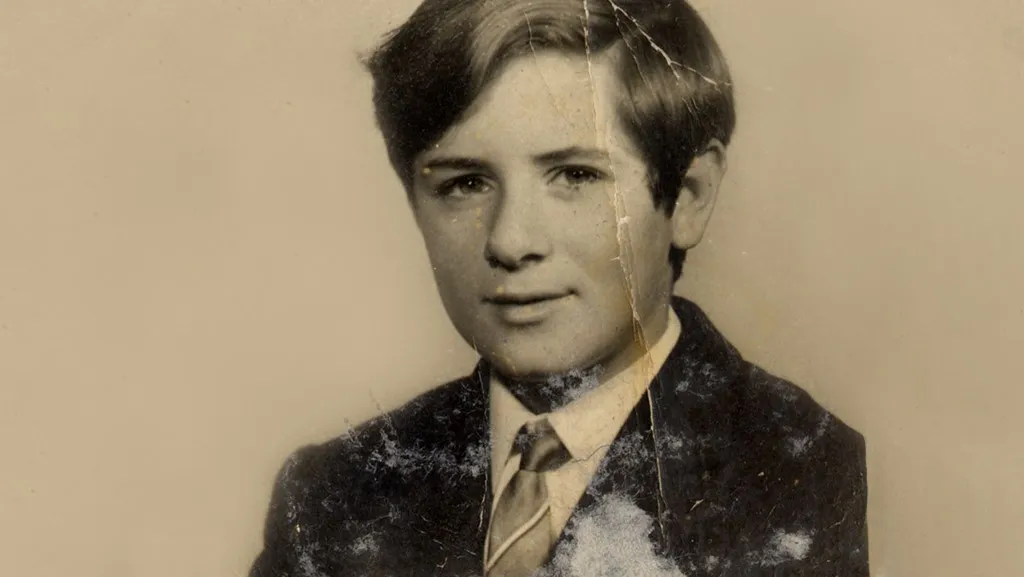
Born in Casilda, Argentina, on November 10, 1955, Horacio Pagani showed a particular interest in automotive engineering very early on. At only 20 years old, he designed and built a Formula 3 car, already showing a keen eye for detail and performance. His first steps in the automotive industry were taken at Renault, where he was commissioned to improve the body and chassis of a race car. His quality work earned him a good reputation, and it was during a visit to the Lamborghini factory, where he met Giulio Alferi, that he decided to move to Italy to pursue his dream.
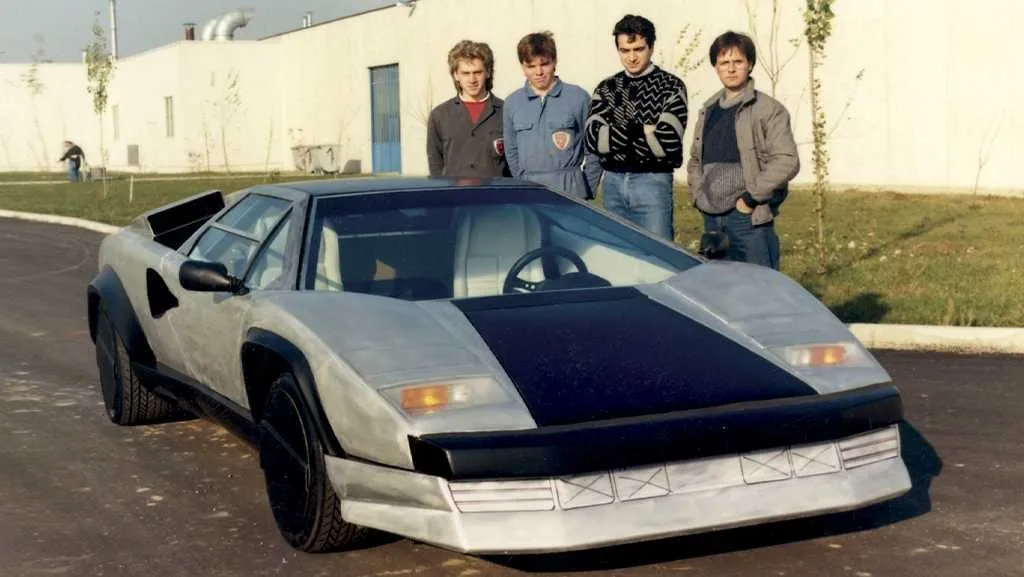
He was hired by Lamborghini in 1982 and quickly became chief engineer, allowing him to work on large-scale projects, such as the Lamborghini Countach Evoluzione concept. His attraction for lightweight materials led him to initiate the creation of this experimental model, and also that of the new Composite department at Lamborghini. However, this passion hastened his departure, as his request for investments in the further use of carbon fiber was refused. Horacio Pagani left the firm in 1991 to found his own company, Modena Design, specializing in carbon fiber work. His dearest wish being to create his own model, he decided to found Pagani Automobili Modena in 1992.
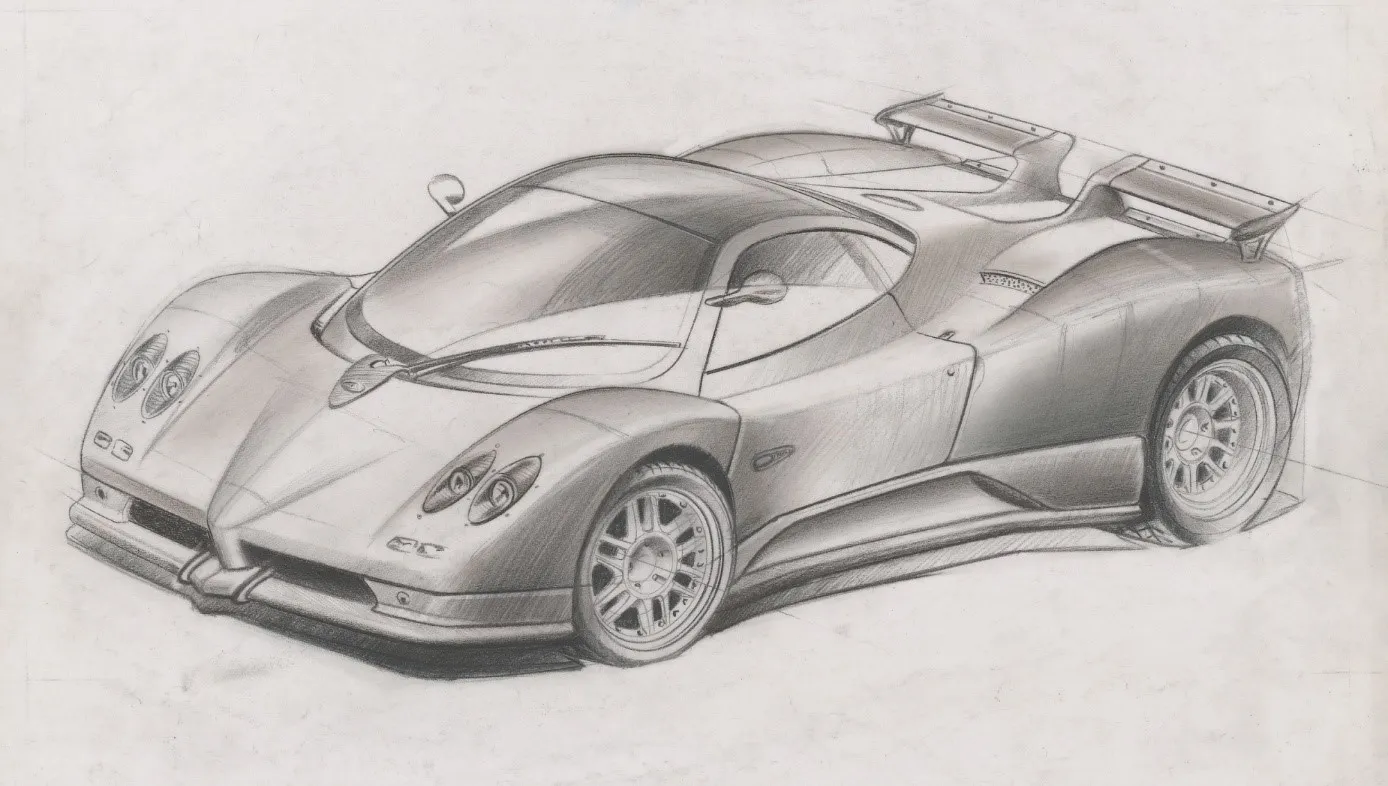
To start his adventure, Horacio Pagani must find an engine capable of powering his very first model. He wanted to build on an already tried and tested V12 and, on the advice of his close friend and five-time F1 world champion Juan Manuel Fangio, turned to Mercedes AMG. Against all odds, Mercedes agreed to supply its V12 unit, a rare privilege at the time, Aston Martin then being the only other brand to have entered into a partnership with the German engine manufacturer, after long years of negotiations. This first success paved the way for the development of its first model, the Zonda C12, the result of seven years of painstaking work.
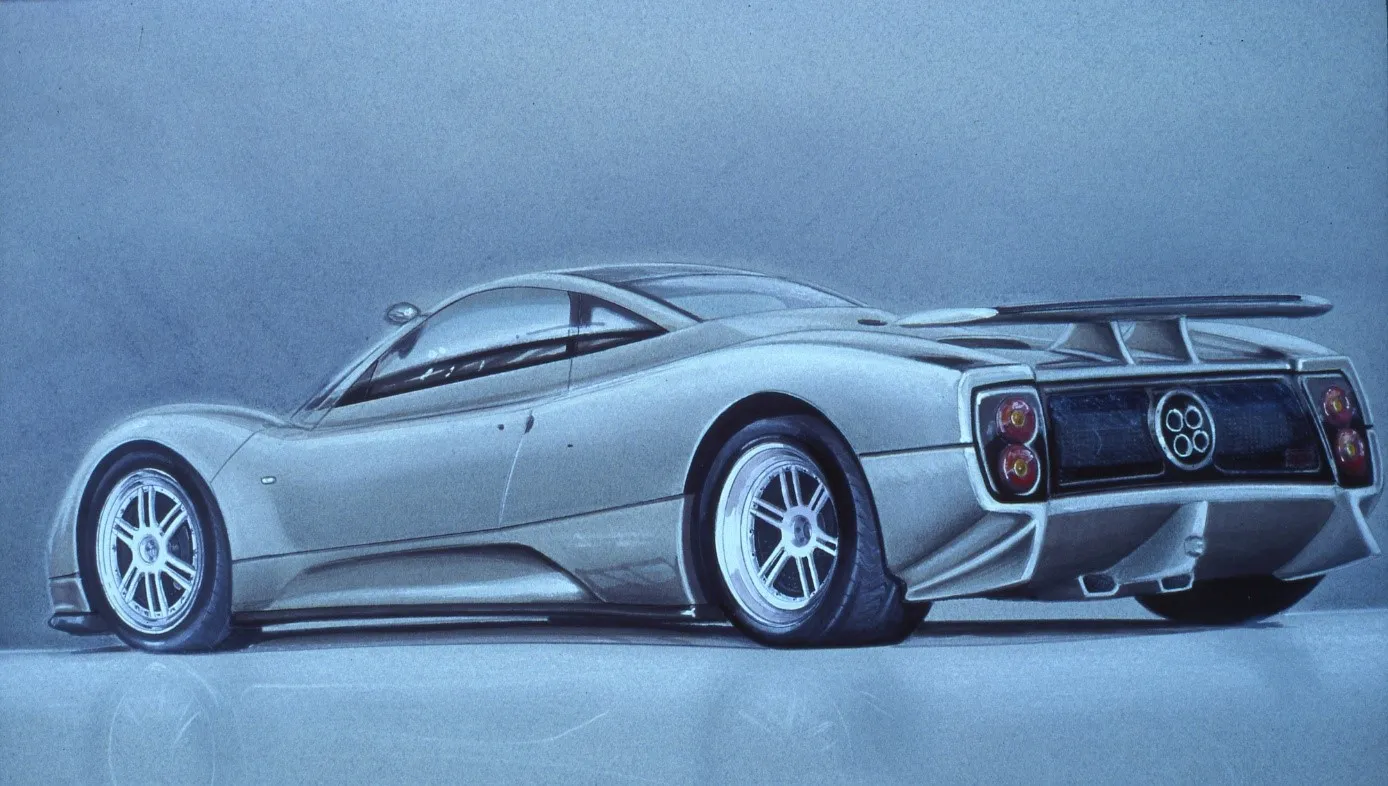
Entirely made of composite materials and carbon fiber, the Zonda C12 has a total weight of around 1,200 kilos. It is powered by the 394-horsepower Mercedes V12 and has a remarkable build quality for a first model. The interior finish is flawless, and all the elements are custom-made. For many enthusiasts, the Zonda is the epitome of motoring pleasure, combining an atmospheric V12, a manual gearbox, a lightweight chassis stuck to the ground, all powered by the rear wheels.
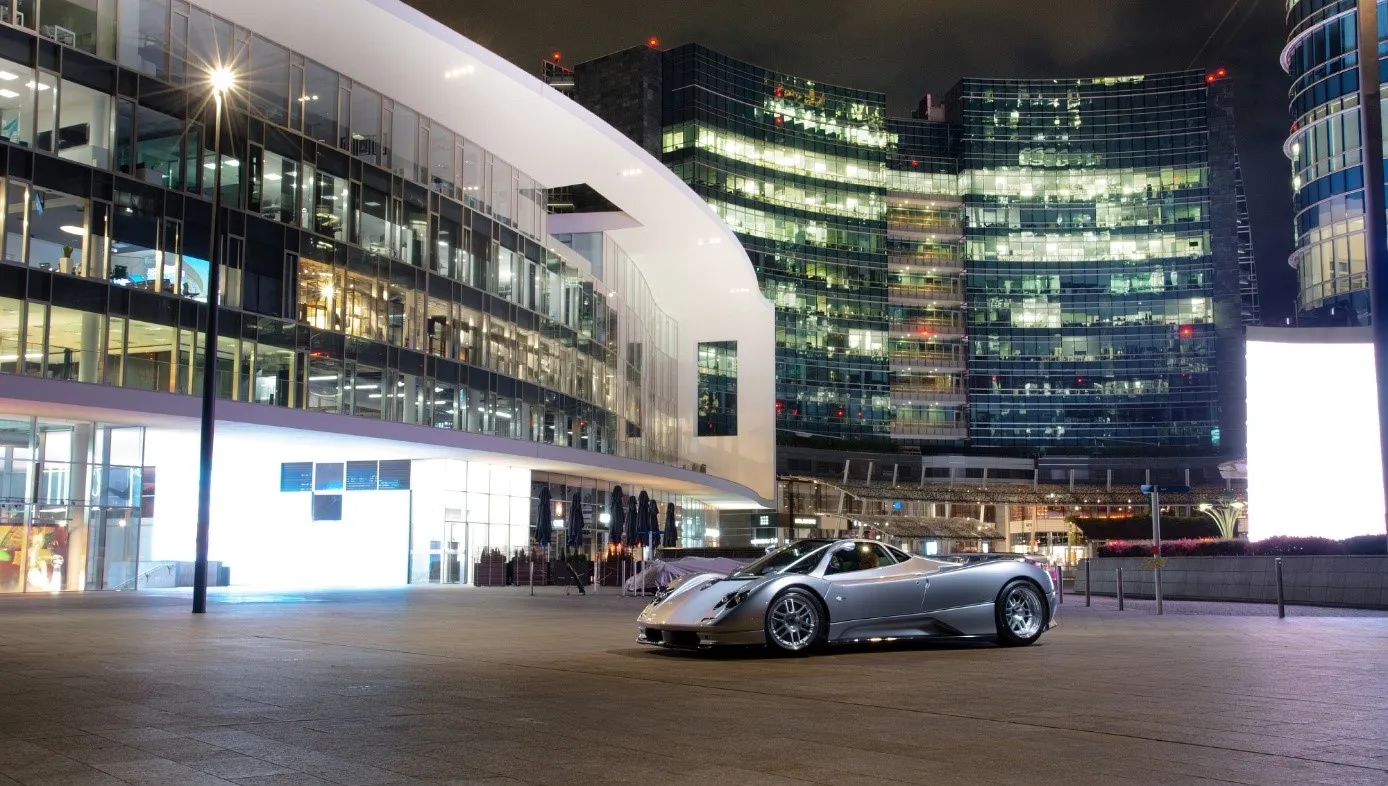
Horacio Pagani reveals an S version of his Zonda, now equipped with an AMG V12 and no longer Mercedes, allowing to go from 394 horsepower to 555 horsepower. Horacio Pagani and his love of composite materials obliges, it even manages to make him lose weight. His creations go beyond the status of simple supercars and enter the field of hypercars, where all requests for customization are fulfilled and where material and financial limits are no longer applicable. The Zonda is available in more than 10 ever more powerful versions, and replaced in 2011 by the Huayra, then by the very recent Utopia in September 2022. Horacio Pagani's deep conviction in the use of carbon fiber has established itself as one of the pillars of the success of his brand.
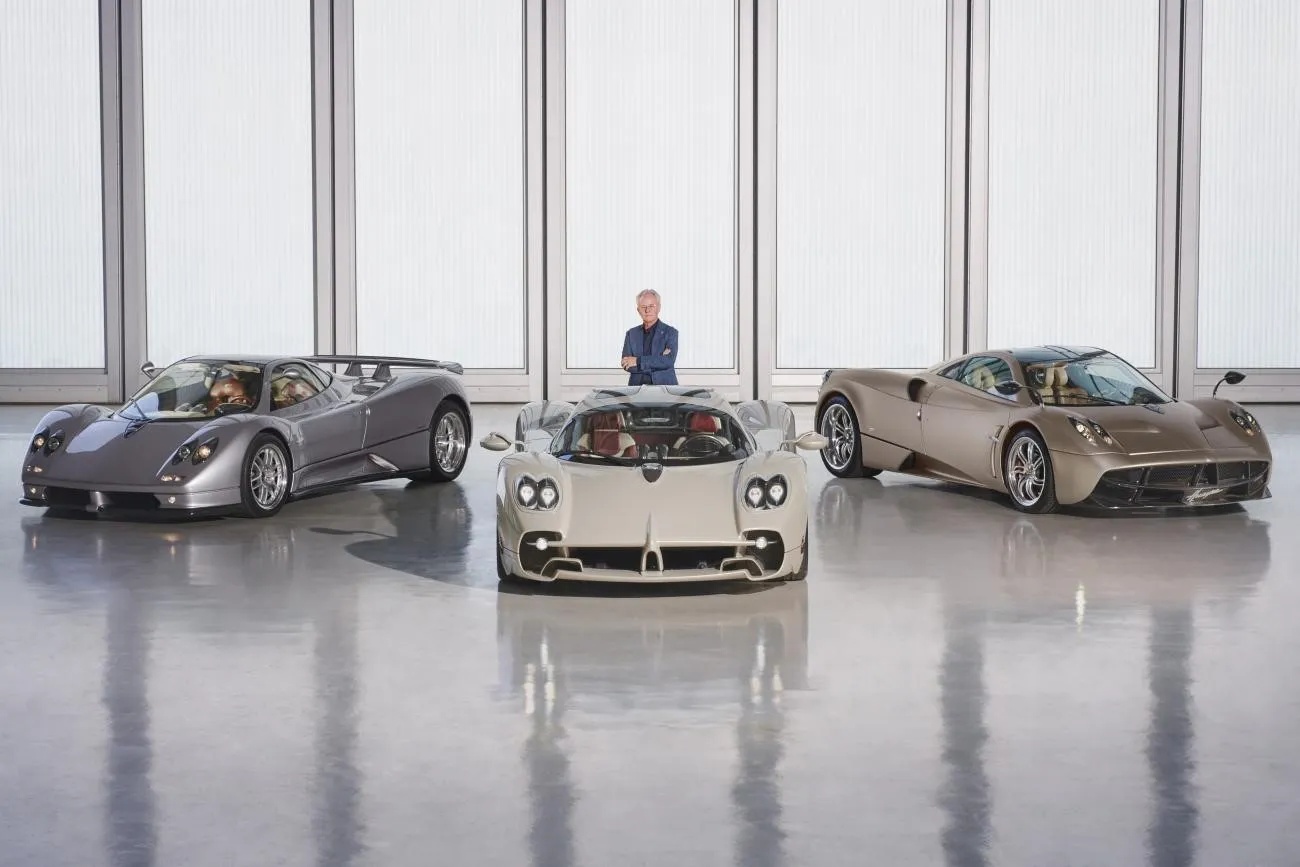
The safety of your exceptional car is one of the foundations of Carsup. Our concierge services have been designed to offer a very high level of protection. Multiple cameras, controlled accesses, name badges, secure gates, and the regular presence of our Area Managers: these are all elements that guarantee total peace of mind when your car is stored. But because the trust you place in us does not exclude more control, we are now deploying a complementary security system: Guardian Tracker.
Does destiny exist? A vast, almost philosophical question that engineers and Maserati enthusiasts would unhesitatingly answer in the affirmative. Founded in 1914 in Bologna by the Maserati family, the brand went from a simple mechanical workshop working on Isotta-Fraschini to a real competition department in a few years. In 1926, the Type 26 was born, the first homemade creation and the first to feature the Trident inspired by the Neptune Fountain in Bologna.
There is always that little hesitation when preparing for a trip. The desire to take your exceptional car, to enjoy every kilometer, to make the road an integral part of the experience... and, at the same time, the constraints. The logistics, the risks, the uncertainty of arriving serene. Too often, we give up, leaving our car where it is, sheltered but immobile. This is exactly where Carsup is changing the situation. Travelling in your car should never be a cause for concern, but a simple and smooth pleasure.
Didn't find the answer you were looking for?
Contact us, and an expert will respond promptly.